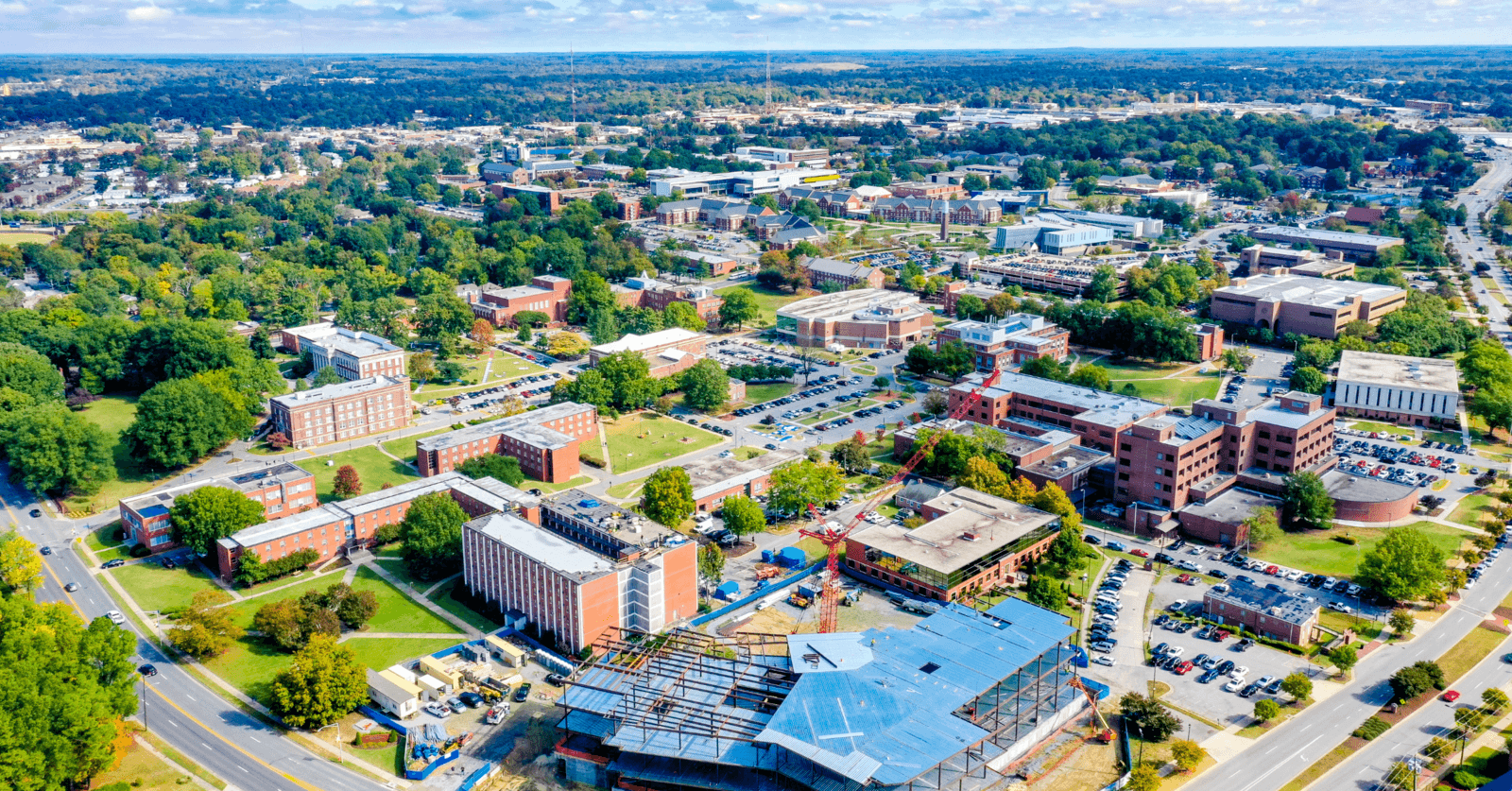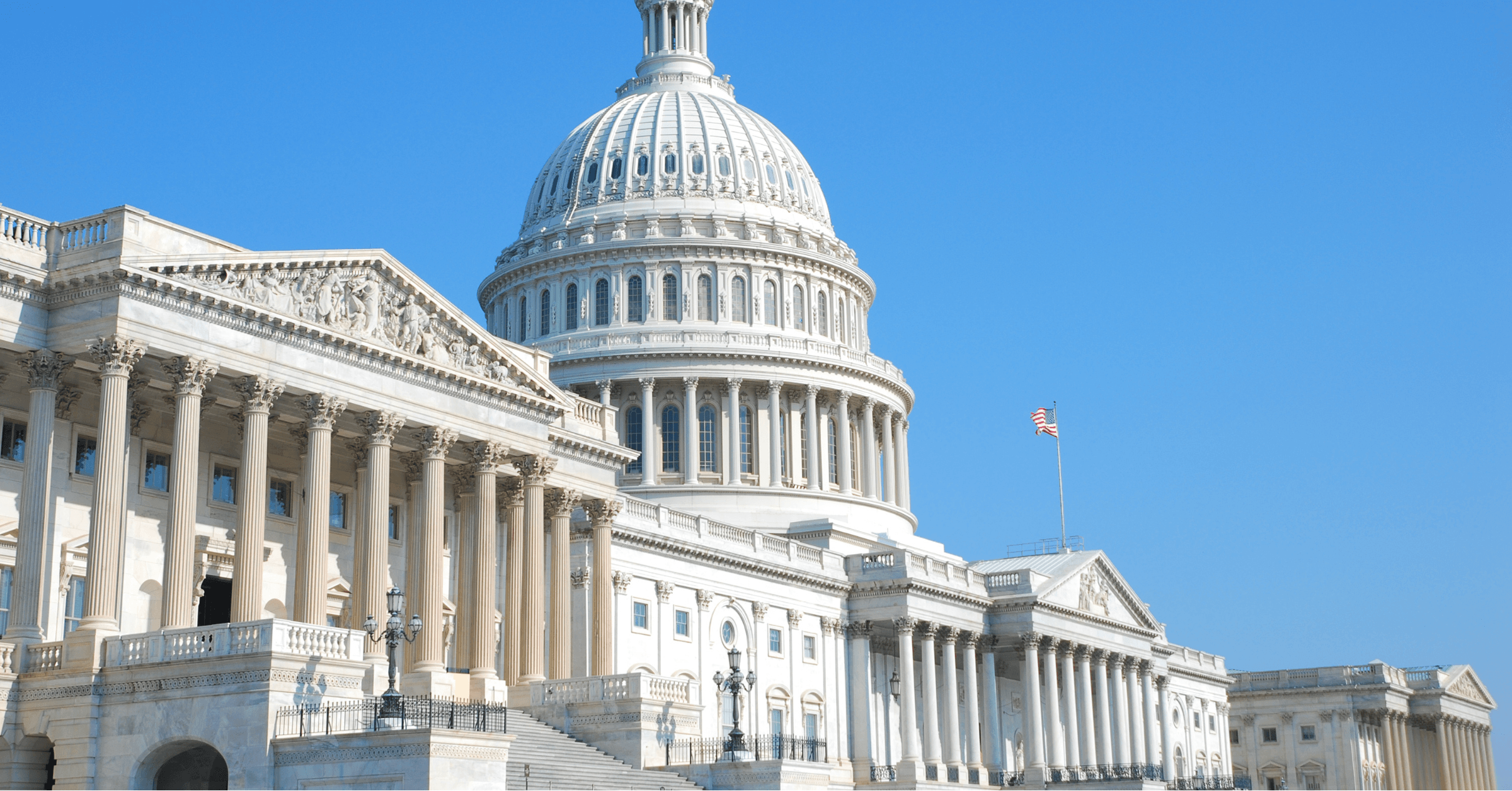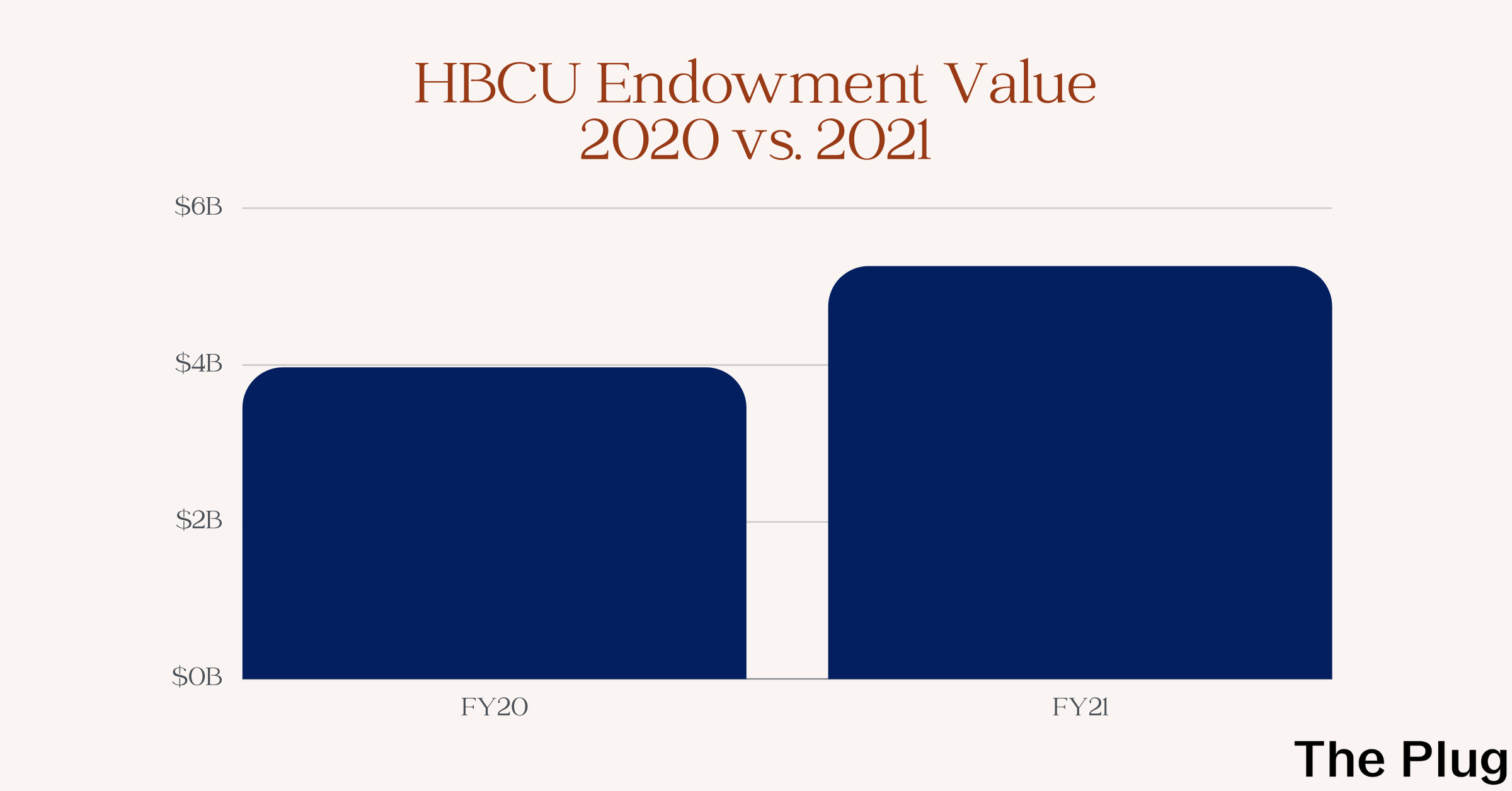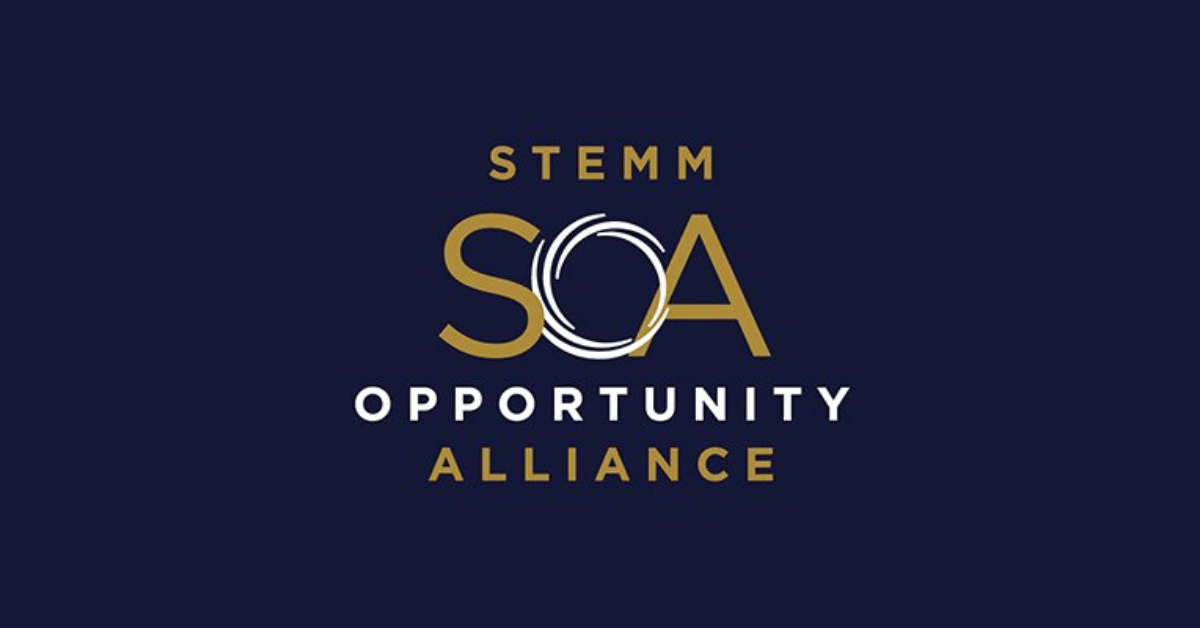KEY INSIGHTS:
- 2023 is set to be a potentially transformative year for HBCUs.
- Keep an eye on efforts to attain R1 status ramping up, the pilot launch of a new online platform and what enrollment looks like in the fall.
- All three could change the HBCU landscape for the better.
2022 was a year of incredible highs and painful lows for HBCUs.
Jackson State University got a major coup when author and MacArthur Fellow Kiese Laymon decided to bring his literary initiative from the University of Mississippi to JSU. Multiple HBCUs also received multi-million dollar contributions over the past 12 months from corporations, philanthropic organizations and even increased funding at the federal level.
Widespread bomb threats, however, plagued dozens of HBCUs starting in January. Authorities identified a minor as the main suspect just this past November.
Yet, 2023 is set to be a potentially transformative year for HBCUs as the increased funding, attention and efforts poured into the schools since 2020 continue to bear fruits.
These are three things to keep an eye on this year:
1. Efforts to attain R1 status are ramping up
The big picture: In 2024, the Carnegie Classification of Institutions of Higher Education will release their updated classifications of U.S. colleges and universities, and nearly a dozen HBCUs are angling to move up a rung to the uppermost echelon of research universities.
Why this is important: An unofficial hierarchy to the classifications translates into real-world funding — schools like Johns Hopkins University, MIT, Georgia Tech and Harvard University are recognized as R1, which Carnegie classifies as schools with a very high degree of research activity. No HBCU has ever had R1 status, but 11 are currently R2.
Building on 2022: Last year there were major efforts from HBCUs, state governments and federal lawmakers to help this effort. Morgan State University, which is currently R2, launched three new research centers in 2022, ranging from sports gaming to equitable artificial intelligence to violence reduction. The State of Maryland also appropriated more than $11 million annually for Morgan’s research centers. And last August, President Joe Biden signed the CHIPS and Science Act, which includes a provision that directs the National Science Foundation to use some of its funding to help HBCUs reach R1 status.
One more thing: The two organizations collaborating on these classifications are also working to revamp the methodology behind the rankings and establish another classification that looks at social and economic mobility. HBCUs are represented on both of the panels tackling these issues — Benedict College President Roslyn Artis and Morgan’s President David Wilson sit on a newly established institutional roundtable while Erin Lynch, former Associate Provost for Research and Innovation and Dean of the Graduate School at Winston-Salem State University, is part of the technical review panel.
2. Pilot launch of new HBCUv online platform could unite HBCUs in a way that has never been done before
The big picture: The UNCF Institute for Capacity Building is creating a new online platform called HBCUv that could allow students to cross-register in classes offered by schools other than their home institution, which could expand the reach of HBCUs across the globe. The pilot is slated to launch with nine schools in Fall 2023.
Why this is important: Backed by at least $10 million in grants and technological support from Deloitte Digital, HBCUv is bringing HBCUs to the table to design what an online platform catered to the specific needs and culture of these historic institutions would look like. By Fall 2028, UNCF hopes to have all 102 HBCUs on the platform.
Building on 2022: HBCUv was first announced in March of last year. It has been under discussion and development since then with the nine initial partner schools — Benedict College, Claflin University, Clark Atlanta University, Dillard University, Jarvis Christian College, Johnson C. Smith University, Lane College, Shaw University and Talladega College — helping decide what the platform could look like. This fall is when we will get to see the initial fruits of those discussions.
3. Increasing enrollment, a blip or a sustained trend?
The big picture: While schools across the country have struggled with shrinking enrollments, particularly since the pandemic, HBCUs have not been as affected. Between 2020 to 2021, overall college enrollment decreased by 2.8 percent, whereas for HBCUs it decreased by 0.6 percent, according to an analysis by The Plug of federal data. To the contrary, some HBCUs have seen historic growth in applications and enrollment.
Why this is important: HBCUs are clearly garnering a lot of interest and attention, not just from corporations and lawmakers but prospective students as well, which is vital for these institutions to stay alive. Fall 2023 enrollment numbers will add an important third year of data so we can start determining whether this increased attention was a blip or is sustained.
Building on 2022: Morgan, Delaware State University, Virginia State University and North Carolina A&T State University were among the HBCUs with record-breaking fall enrollments.
—
And a bonus item to be aware of for 2023 and beyond — last April, Dr. Wayne Frederick, President of Howard University since 2013, announced he would retire by June 2024. In the fall, Howard hired a firm to help with the search for a new president and has already hosted listening sessions with students, alumni, faculty and staff about what they would like to see in the next leader. Expect the search to intensify over the next year, with potential big announcements to come.








